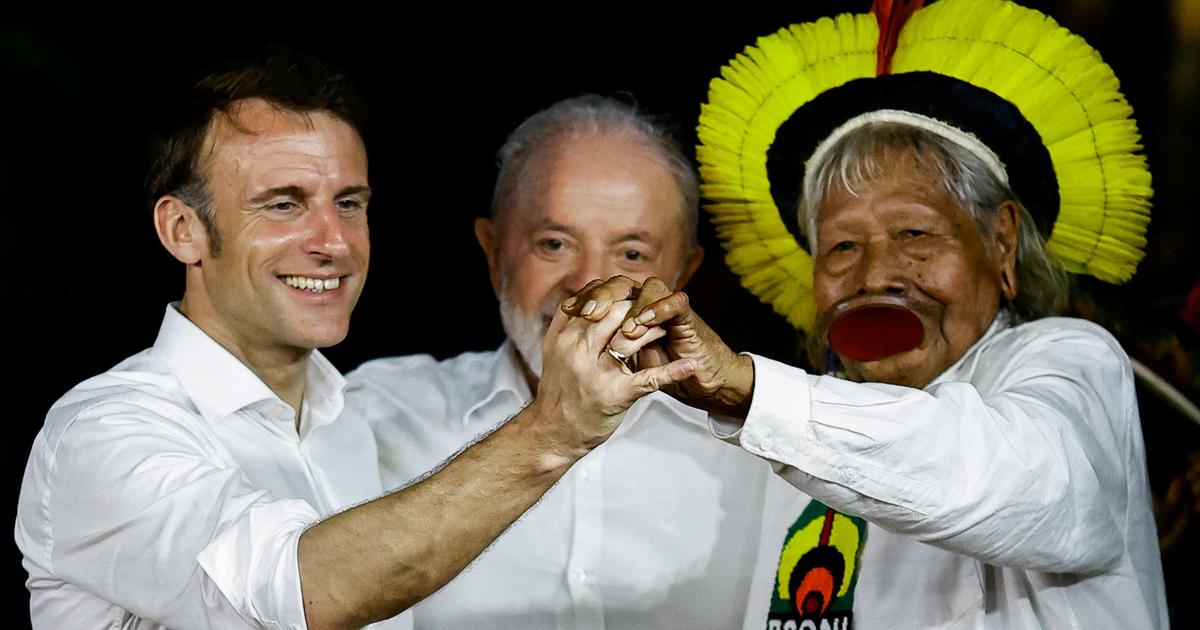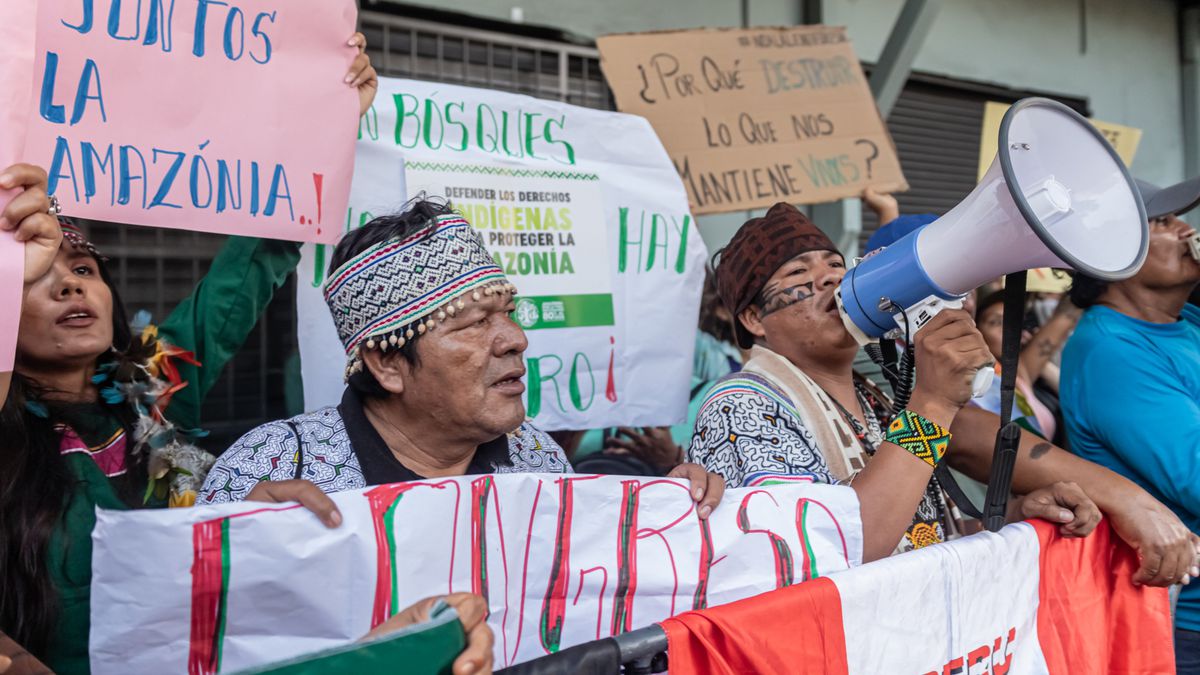Fabio Teixeira
[Tenhalim Indigenous District (Brazil) 4th, Thomson Reuters Foundation]-Deputy Mayor of Pakili Village is prepared for next year's hard time for the village. The fire that hits the Amazon forests burns the villagers' food, medicine and livelihood.
Deusdimar Tenharim, deputy mayor, believes that about 60,000 hectares of the protected areas that villagers have used for hunting and gathering have been burned down. Moreover, it has not been extinguished yet.
“The village's fire brigade can't deal with it. The tree that picks up the Brazil nuts has also been lost,” said the deputy mayor. Brazil nuts are sold to nearby towns and used for ceremonies and medicines.
“It's sacred to us, but it will definitely be harder to find Brazil nuts in the jungle next year in 2020.”
<Role of the Amazon rainforest>
The Brazilian National Institute for Space Research (INPE) announced in August that it has recorded the highest number of fires in the Amazon basin since 2010.
The international community called for Brazil to strengthen measures to protect Amazon, the world's largest rainforest, from threats such as logging.
Amazon forests are the key to stopping global warming and scientists see that the water vapor from the Amazon is causing rainfall that is essential for extensive agriculture in South America.
Tenhalim Indigenous District in the state of Amazonas is sandwiched between two medium-sized towns. Several indigenous tribes live on a total of 1.8 million hectares of land.
Devil Dimar, deputy mayor of Pakiri village, is convinced that the fire that threatens his tribe is artificial. The deputy mayor, who is also trained by the fire brigade himself, can tell immediately whether the fire has occurred spontaneously, judging from the point of fire.
“It is entirely due to (human) desire,” he says. “We are directly and indirectly hurt,” says Deus Dimar, deputy villager, who ignited the forest in order to cultivate farmland.
Brazil nuts aren't the only resource burned down.
Raimundinha Tenharim, who is taking care of the health of residents, is worried that herbs and plant roots will be lost when people get sick. They have few other treatments.
The only means of transportation from the villages in the residential area to the big city is a bus that passes the nearest main road once a day. For this reason, most illnesses and injuries are treated with folk remedies using herbs that grow in the forest. The forest is on fire, Mr. Limindinha says.
Even after the fire spread, she is treated with herbal medicines she has preserved. One example is the treatment of indigenous children who smoke from fire.
“There are cough medicines (in the forest) and any medicine for trauma,” she says. “I do n’t know what to do if it ’s gone.”
<Control fire with fire>
This is the first year that a non-resident person has caused a fire in Tenhalim Indigenous District. In fact, the indigenous people themselves have already intentionally started a fire.
The Tenharim tribe has fire brigade members working for the Brazilian Environment and Renewable Natural Resources Institute (Ibama). They set fire to a part of the forest for the first time from May to June. This is to reduce the risk of fire during the approaching dry season.
It was said that the fire was controlled by controlling the power of fire in order to clear the surrounding area where animals and food that are indispensable for the tribe are raised. "If we didn't do that, the fire would have been much worse," one of the firefighters told reporters. However, the area protected from flames is limited.
Currently, about 30 fire brigade members are helping to extinguish forest fires, but the activities are exclusively at night. “It's too hard to wind during the day,” says one of the members.
<Songs that mourn the burned forest>
The 4000 km long Trans-Amazonian Highway that runs through the seven states of Brazil still has fresh fire marks.
Indigenous people say that it was the responsibility of the right-wing President Borsonaro that Brazil's environmental protection authorities were weakened.
According to internal government data that the opposition and socialist liberals showed to Reuters, Ibama's budget has been cut by a quarter as part of the government's overall cut in spending since the inauguration of the president.
One of them is the budget for prevention and control of forest fires. According to the data, it is reduced by 23%.
International criticism of successive fires has led to President Borsonaro admitting troops for fire fighting. The momentum of fire is weakening.
On the Trans-Amazonian Highway, the section that passes through Tenharim's indigenous settlements has made daily use of military vehicles and trucks that carry fuel for the planes that discharge water.
Marcio Tenharim, the representative of the tribe living in the residential district, wants the world to know the damage the residents have taken. He says he can only grieve and grieve.
"Perform a ritual and sing the sorrow that the forest burned"
(Translation: Eklaren)









/cloudfront-eu-central-1.images.arcpublishing.com/prisa/5BXUKKEUHRB45CXJXXPGMWBHYM.jpg)